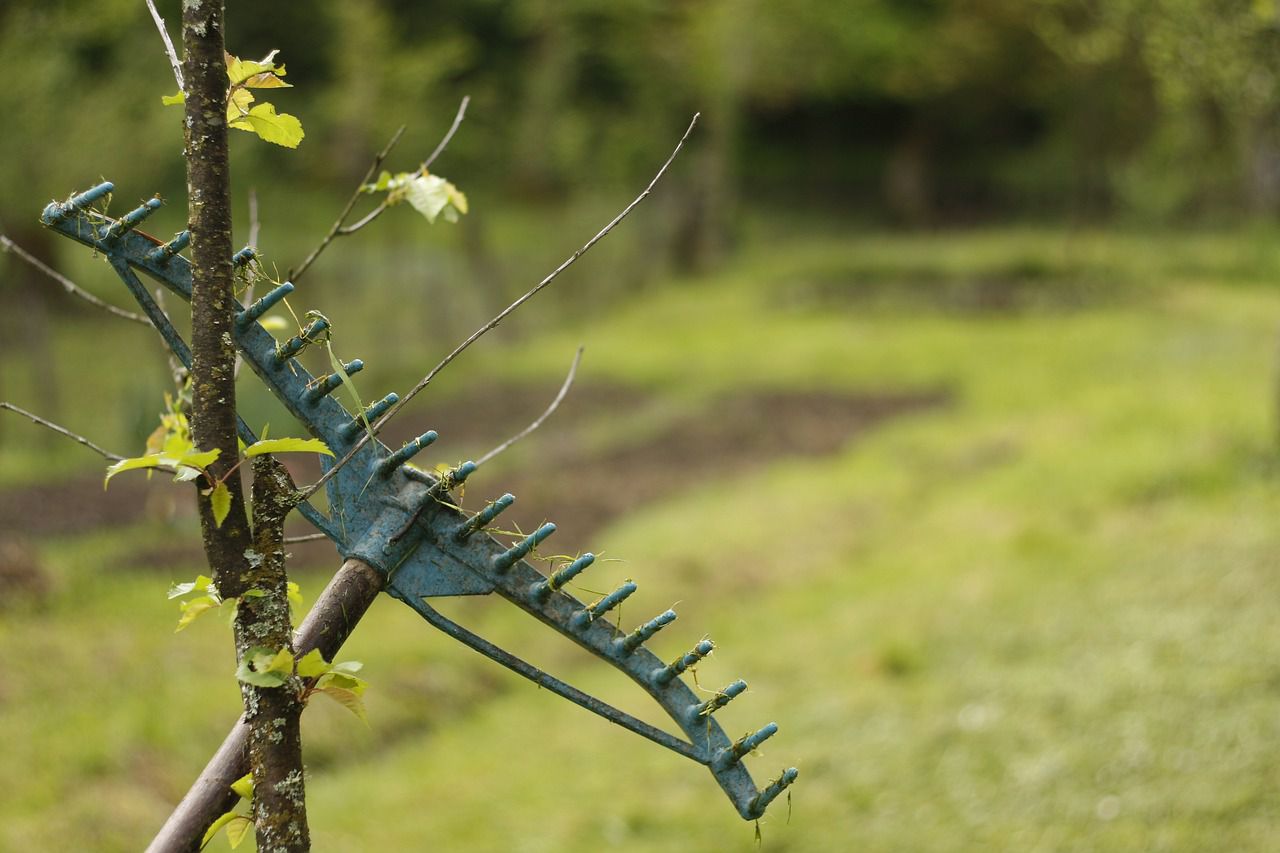If you want your lawn to thrive, you should also know that some tools can spoil it.
While it may seem like any rake would work for lawn maintenance, using the right type of rake is essential to achieve the best results and avoid potential damage to your lawn.
Here are some reasons why you can't use just any rake for lawn maintenance.
Tine Design
Rakes come in various designs, and different types of rakes are suitable for specific tasks.
Lawn rakes have curved or fan-shaped tines that are spaced apart to collect leaves, debris, and thatch from the surface of the grass without damaging the grass itself.

Other rakes, like garden rakes or landscaping rakes, have straighter tines and are better suited for heavier tasks like leveling soil or spreading mulch.
Thatching Rakes
Thatching rakes are specifically designed to remove thatch from the lawn.
Thatch is a layer of dead grass, roots, and other debris that can build up and prevent water, nutrients, and air from reaching the soil.
Thatching rakes have sharp, rigid tines that can effectively cut through and lift the thatch for removal.
Gentle on Grass
Lawn rakes are designed to be gentle on grass, so they don't tear or damage the turf while removing debris.
Using a heavy-duty or metal rake meant for other purposes may be too harsh on the grass, resulting in turf damage and bare patches.
Debris Collection
Lawn rakes are designed to efficiently gather leaves, grass clippings, and other debris from the lawn.
Their shape and tine spacing help prevent leaves from getting stuck in the rake, making the cleanup process more manageable.









